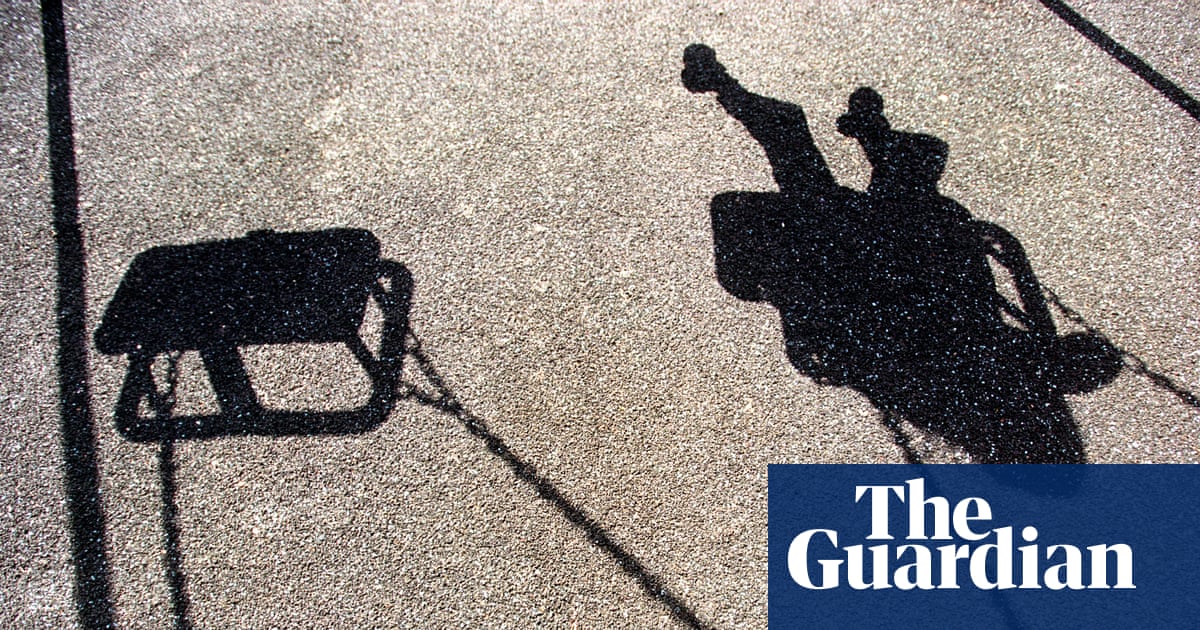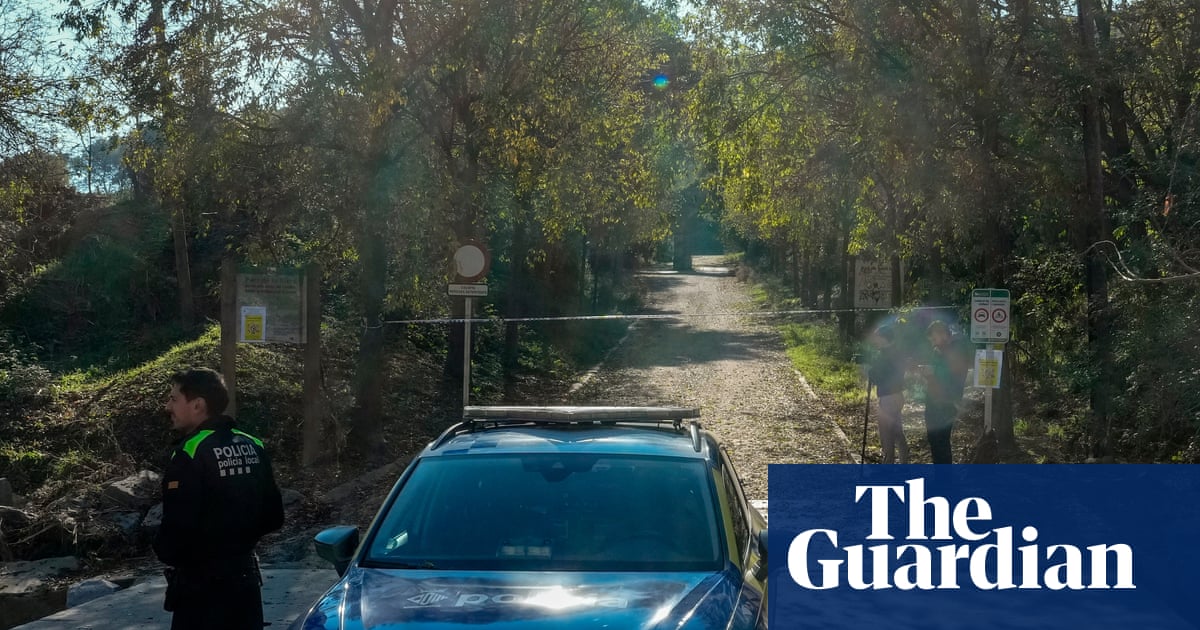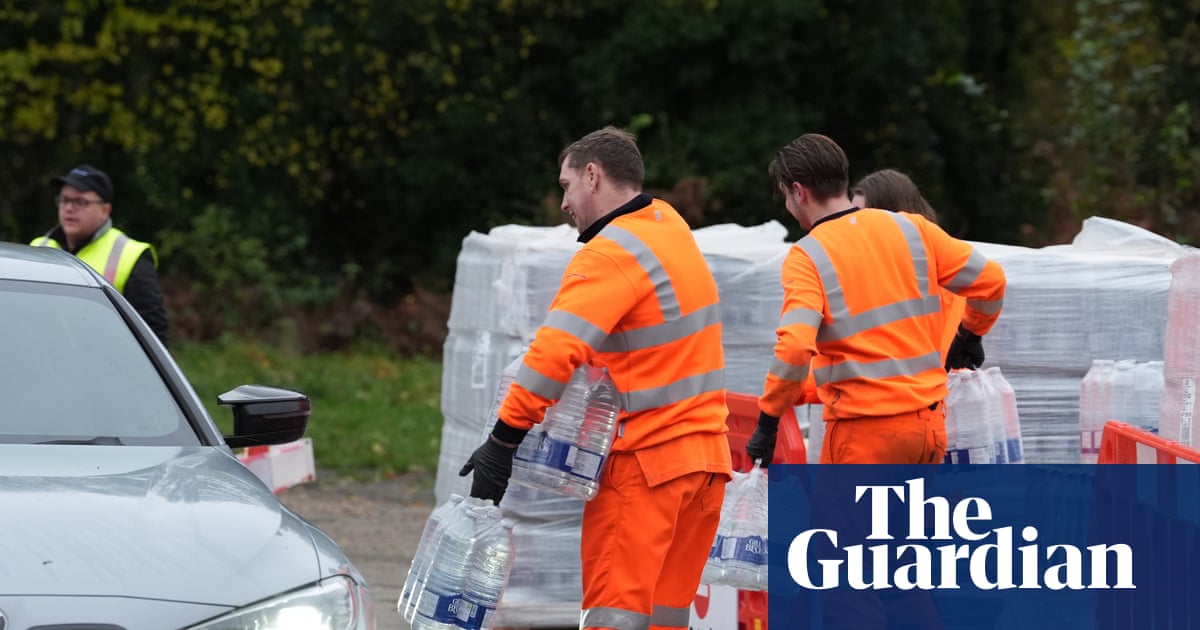They arrived by train, car and motorbike, in boots and bucket hats and carrying shovels.
Students, monks, and retirees. Gym bros, migrant workers, mums and dads with their children, even tourists. As a crowd of hundreds disembarks from the train a crowd of people cheer “jiayou”, a chant of encouragement which translates to “add oil”.
Dubbed the “shovel supermen”, they have come to Guangfu in their tens of thousands, as volunteers ready to help after a distant typhoon burst a natural dam and sent millions of tonnes of water, mud and silt crashing through the Taiwanese town.
Less than a week earlier, disaster had struck this small town in Hualien, a picturesque county on Taiwan’s east coast that has long been a magnet for tourists. The outer bands of 2025’s strongest typhoon, Ragasa, dumped torrential rain on the region, and on Tuesday afternoon it burst a precarious barrier lake in the Matai’an river. The lake, formed by a landslide in July, had been under constant monitoring and authorities had expected it would overflow, but it exceeded expectations. More than 15.4m tonnes of water came down, blasting a tsunami of thick sludge into Guangfu. At least 18 people died.
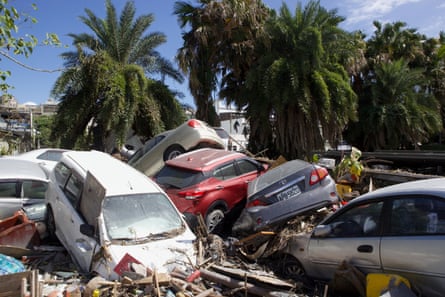
Dirt and debris is piled high in the streets, as people empty out ground floor dwellings. Destroyed cars are piled in corners, and the high school sportsfield lies underneath a metre of mud. The destruction gets worse closer to the river, where some houses on rural land are buried up to their roof. Most of the deaths occurred here.
‘They just want to come and help’
A week on, and the search and rescue operation has dwindled, and the rains have stopped. The sludge on the roads is thick, sucking boots from feet, and it smells, cooking in the hot sun. Some of the mud has dried into a fine dust, which fills the air around Guangfu station. People shout over the crowds, directing people to supply sorting groups, or into teams to help individual homes nearby.
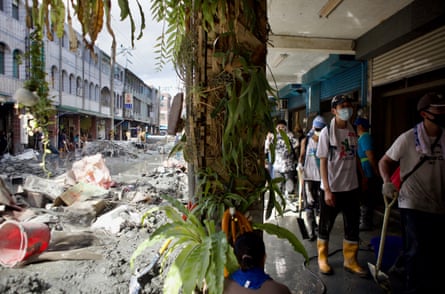
But people are laughing and cheering each other on. Almost everyone is from out of town. On Saturday alone – the first day of a long weekend – more than 30,000 volunteers arrived by train, quadrupling the town’s usual population. Ten extra services were added, and by Monday traffic controls were in place to deal with the influx.
Hundreds of police officers and military are on site, as well as disaster responders from Tzu Chi, a Buddhist charity, managing about 10,000 of the volunteers. Some of the volunteers have answered social media pleas from residents, or come directly to the homes of friends or relatives. Many are walking around with shovels until they find someone who needs help digging out a room.
“A lot of volunteers, they just want to come and help,” says Tzu Chi’s deputy CEO Scott Liu.
It’s well meaning and mostly helpful, but has been chaotic. At several intersections, hundreds of volunteers walk along streets filled with mud and debris, while cars, motorbikes, and small excavators veer around them.
“If it’s not properly managed, it would affect those who truly want to do the rescue work, and it would slow things down,” a firefighter says, but adds that it hasn’t been too bad.
‘No government people had come here’
Across town the volunteers have been welcomed with open arms by residents.

Wang Wei-chang is scraping the last of the mud from his parents’ home. Wang lives out of town, and says his parents survived after retreating to the second floor. A water mark sits 1.5 metres (5ft) high on the walls, not quite reaching the paper calendar that hasn’t been changed since 23 September. Inside is mostly empty now, but the street outside is piled high, waiting for professionals to clear it for a fourth time. He says that without the volunteers, they’d all still be sitting in mud.
“Three days after the flooding, no government people had come here at all,” says Wang. “But the volunteers came in, at 5 o’clock in the morning. They said they were from Tainan [on Taiwan’s west coast].”
He’s not the only resident who is unsatisfied with the authorities’ response. While disasters always stretch resources, this one has sparked an unsavoury fight over blame between county officials and the central government, who are from rival parties. The largest ever evacuation order in Taiwan was issued by the central government a day before the lake burst, but there are questions about its implementation.
County officials said the expansion of the evacuation zone – two days before the breach – was too late, and people should have been told to leave, not just go to a higher floor. The central government said it had issued multiple warnings but that the county was legally in charge of enforcement. Taiwan’s premier, Cho Jung-tai, said the government would investigate why evacuations weren’t carried out in some areas.
Of the 18 people who died, almost all were elderly people who stayed in their homes, some drowning on the first floor, according to Taiwanese outlet the Reporter.

There were several red alerts issued, including the day prior to the disaster, according to reports. But assessments changed frequently, and some residents say there wasn’t enough of a sense of urgency, and that the mostly elderly population should have been doorknocked in case they didn’t hear loudspeaker broadcasts or receive texts.
“Our convenience stores, our PXMart, were all open that day, and so were the restaurants,” says Peng Shin-yi. “Everything was operating normally, so we didn’t expect it to be that serious.”
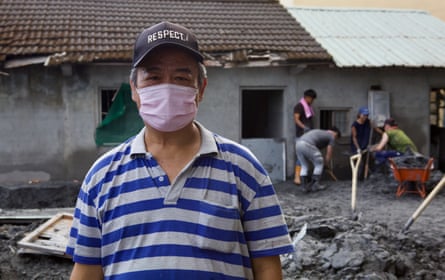
Peng himself had gone out to lunch when a friend nearby shouted that the water was coming. He says he ran to his scooter as the wave washed down the street towards him. Making it home, he climbed to the second-floor balcony and then watched as almost two metres of water and dirt destroyed the ground floor, his car, garden, and those of his neighbours. His aunt, an elderly woman living in a house closer to the river, died in her home.
Qiu Jinzhong, the head of badly hit Datong, told the outlet he had doorknocked everyone in his village two days before the lake burst. When the water hit, Qiu and his wife were on their second floor, safe but trapped as neighbours who hadn’t left called out for help. “Many people simply refused to believe,” he says.
By Monday afternoon, most volunteers are leaving to get back to work. As the thousands trudge back to the train station to head home, residents shout “jiayou!” and “xie xie!” (thank you). Some have set up buckets and hoses to wash people’s boots before they get on the train, others hand out food and beer.
Guangfu’s disaster soon left international headlines, but in Taiwan, social media feeds are still full of scenes from the clean-up. Some give advice for anyone else wanting to help this town on the long road ahead, one person even wrote a song, but most just want to share some hope in the wake of disaster.
Additional research by Lillian Yang

 2 months ago
51
2 months ago
51



